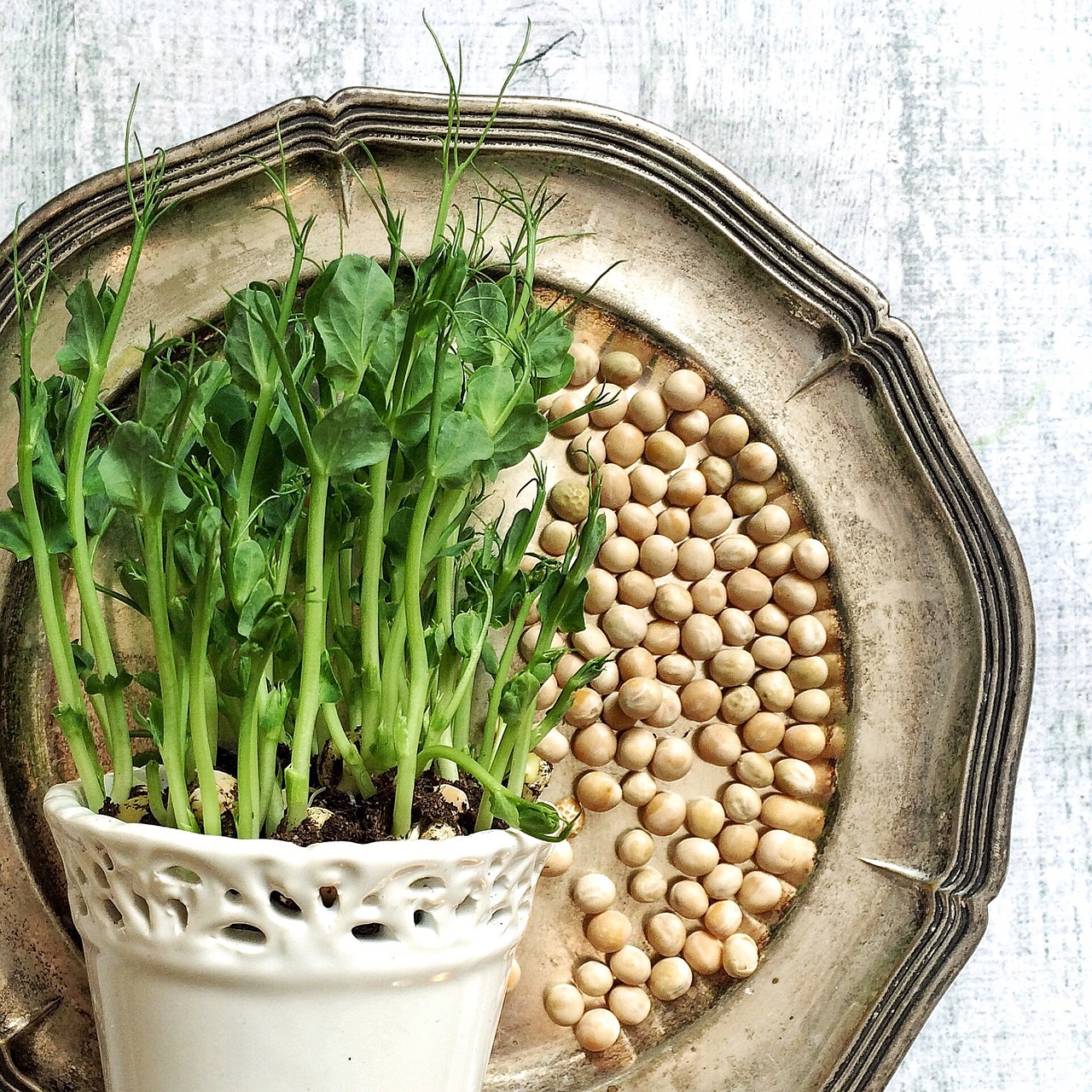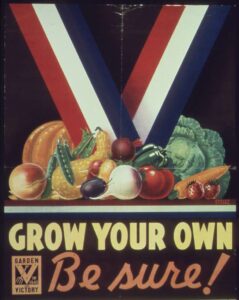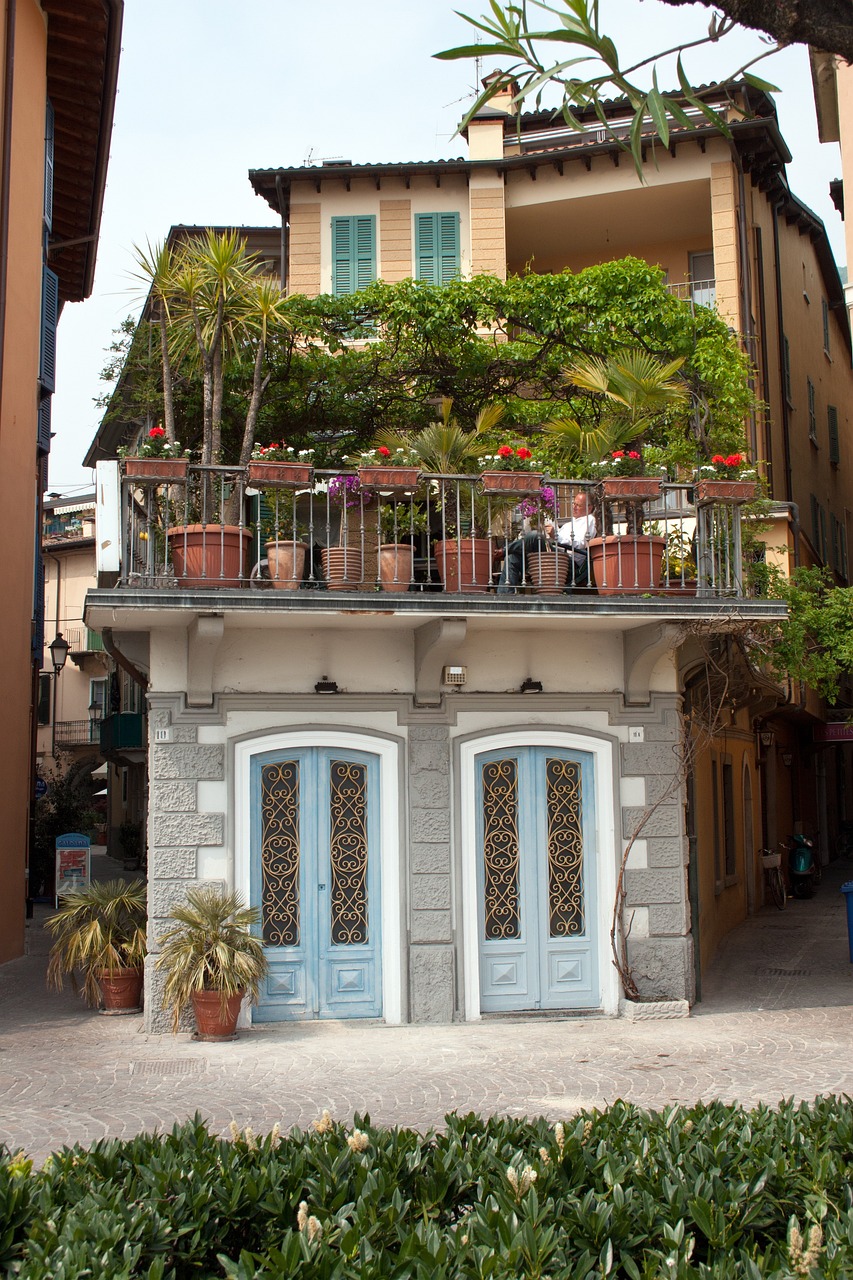If you live in an apartment or a townhouse in a city and have no outdoor space—not even a patio or balcony—you may think growing your own food is impossible. But there are plenty of edible plants that can be grown indoors, just like a potted houseplant. I have overwintered tomato and pepper plants indoors and both have produced fruits. No, they do not produce anything like the size and abundance of fruits that they would if they were outdoors, but I also don’t make any real effort with them, other than try to keep them alive until they can go back outside the following spring. If, however, I was providing them with supplemental lighting and fertilizing them regularly, I would probably get a decent little harvest off of them.
Other plants which don’t produce fruit, like leafy greens and herbs, grow even better indoors. (You can also eat the leaves of most root and fruiting plants, so even if you can’t get much fruit off the plant, you can still get greens.)
Aquaponics
There are two ways of growing indoors: in soil and aquaponics. For those of you not familiar with aquaponics, it’s a way of growing plants in water only. Instead of plants taking nutrients from the soil, they will take added fertilizer from the water. Some people swear by aquaponics, but others find it too fussy. I haven’t tried it myself, but I feel like I fall into the later camp. Certainly the start up costs are more for an aquaponics setup, although you won’t need to buy soil season after season going forward. There’s also the issue that any leaks from your system will make a much bigger mess and cause more damage than spilled dirt. However, you do typically get larger harvests from an aquaponics system because you can more densely plant it than you can in soil.
Grow Lights
Grow lights are not necessary; they don’t make your plants grow more than regular lights. They just provide the red and blue spectrums of light that plants can use and don’t provide the other colors in the spectrum, which are not used. This makes them a little more efficient from an energy standpoint, but that efficiency is probably going to be eaten up by the price difference anyway, so feel free to stick with normal bulbs. (Just don’t put heat-emitting bulbs too close to your plants or you’ll make them wilt.)
Microgreens
Microgreens are the immature shoots of any edible plant. Bean sprouts, like you might have on a sandwich, is a common example of microgreens.
Microgreens are highly desired because they have a lot more nutrition in them than a mature plant in the same quantity. This is because seeds are full of everything the baby plant needs to survive until it can get established and feed itself. Harvesting plants at the seedling stage allows us to get all of those extra nutrients. (The same thing is true of eggs.)
The drawback to microgreens is that you harvest the plants before they are mature, so you can’t replenish your seed supply yourself; you constantly have to buy more seeds. But they’re easy to grow indoors and can be grown with materials that you already have, so if you can get seeds, you can get a reliable, healthy, and pretty cheap green that you can turn into salads, add to sandwiches, or use in stir-fry.
Growing microgreens with recycled materials:
No soil? No problem! You can also grow microgreens with just water:
Indoor Plants
This lady is the queen of indoor plants. Most of her plants are standard houseplants, but she’s also raising some edible plants in her NYC apartment. If you had as many edible plants as she has regular houseplants, you’d have quite a garden. Even if your tomato plants only produce a few small tomatoes per season, with a total of 500 indoor plants, you’ll end up with enough tomatoes to satisfy you.
I have seen her face in other videos and I believe that she has her own YouTube channel if you want to follow her for more inspiration or tips.
If you need a step-by-step tutorial to help you get started planting, this video has you covered. This guy is only planting lettuces, but it will work the same for anything else you want to plant. He’s using a grow tent, which are popular among indoor gardeners, but is not necessary if money is a concern. (A little research into them will probably yield cheap DIY versions, such as aluminum foil around your plants for better light reflection, and manually misting plants to keep up humidity.)
Here is an example of plants being grown in a closet using just grow lights and a wire shelf. Let’s face it, most of us have stuff we don’t need to keep cluttering up one or more closets; if you do some clutter-clearing, consolidation, and organization, you too can have a secret garden in a closet. (Perfect if you share a living space with someone who is not down with having plants all over the house.)
If you have more indoor space available, you can expand to this this larger set-up (in a basement). Also shown is a budget, DIY hydroponics table. (Be sure to subscribe to this channel, because he consistently produces gardening videos and you can learn a lot.)
Want other gardening options? Check out all the possibilities at Growing Resilience: Victory Gardens for Everyone


